
During the Spring and Autumn Period some 2,500 years ago, people from Wu State applied embroidery to clothes, and thus began the origin of Suzhou-style embroidery. Suzhou embroidery is world renowned for its exquisite, elegant, clear and beautiful artistic style.
The Suzhou Embroidery Museum was established in 1986 and was originally in the Fishing Master's Garden. In 1988, the museum was moved to Wang Ao's Ancestral Temple at No.262, Jingde Road.
Emperor Qianlong's imperial robe is one of the most precious items at the museum, boasting 42 dragon stripes, all embroidered with gold threads. The dragon stripes are intermingled with colorful cloud patterns, all in perfect harmony.
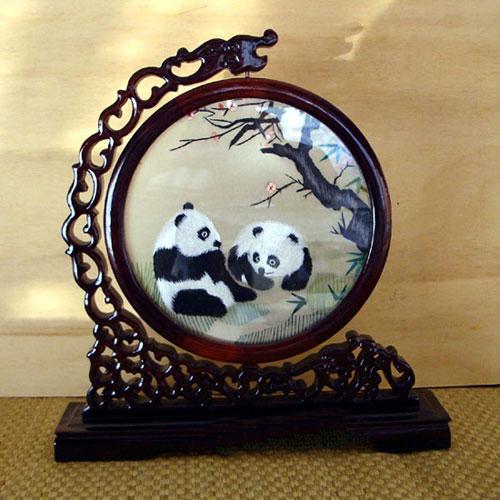 |
|
Suzhou embroidery is world renowned for its exquisite, elegant, clear and beautiful artistic style. |
A buff thin silk cotton-padded gown and a bed quilt are probably the most historical exhibits. Embroidered with dragons, phoenixes, and flowers, the patterns are typical imperial symbols of the culture of Chu State of the Warring States Period some 2000 years ago. Both of them were unearthed from the No.1 Chu Tomb in Mashan, Jingzhou City of Hubei Province in 1982.
Most of the masterpieces are currently collected and exhibited by the Suzhou Embroidery Research Institute, which is located next to the museum. To keep the ancient needle art alive, research institutes and mills have been built since the 1950s in Suzhou, Nantong, Changzhou and Wuxi. The Suzhou Embroidery Research Institute, or SERI, has done an excellent job of studying, recording and promoting the traditional technique.
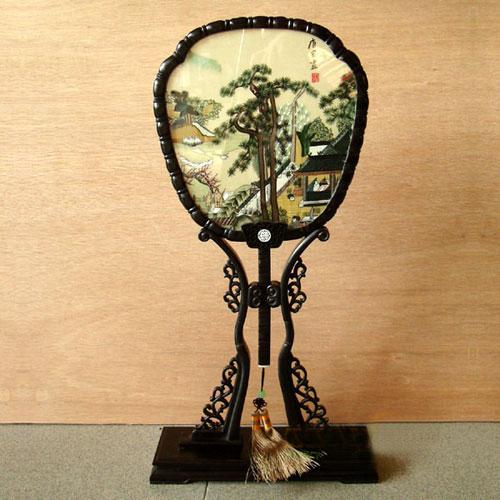 |
|
Suzhou embroidery is world renowned for its exquisite, elegant, clear and beautiful artistic style. |
SERI embroiderers have expanded their unparalleled skills to explore new artistic directions, creating works that transcend conventional perceptions of embroidery to reveal a dynamic, exquisite art form. Some of the resulting embroideries incorporate as many as 40 different types of stitches and 300 hues of silk threads.
Here in the workshop we also discover an almost faded silk-weaving technique, Kesi. Master Zhong is busy on her age-old machine for a six-screen silk painting "Peony".
As a style of Chinese silk tapestry, Kesi is admired for its lightness and clarity of pattern. Kesi means "cut silk", a name that comes from the appearance of cut threads by the use of color in the pictorial designs typical of the style. Unlike continuous weft brocade, in Kesi each color area is woven from a separate bobbin, making the style both technically demanding and time-consuming.
No one can tell exactly how many embroidery mills are actively located in and around Suzhou. The art continues, and the embroiderers are creating new miracles. They stitch their talent, ingenuity, and constancy into history.
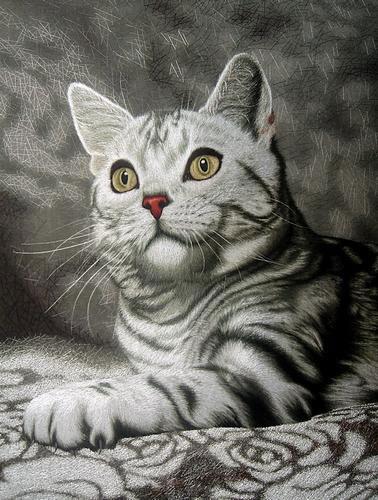 |
|
Suzhou embroidery is world renowned for its exquisite, elegant, clear and beautiful artistic style. |
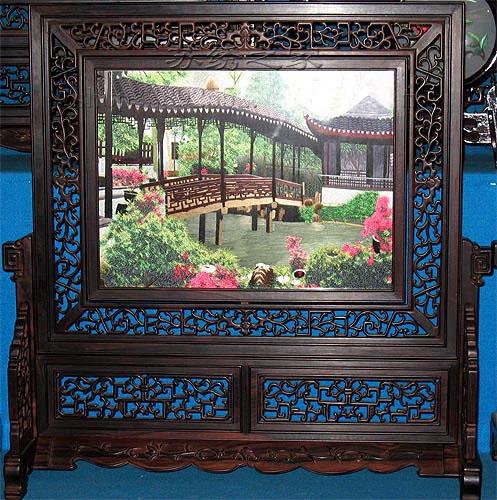 |
|
Suzhou embroidery is world renowned for its exquisite, elegant,clear and beautiful artistic style. |
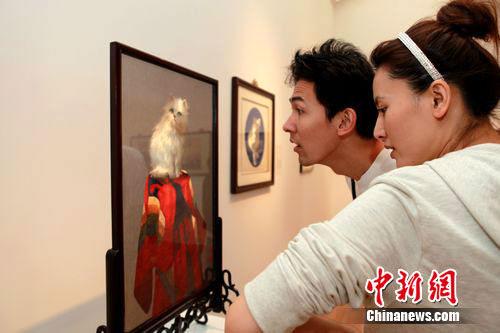 |
|
Suzhou embroidery is world renowned for its exquisite, elegant, clear and beautiful artistic style. |